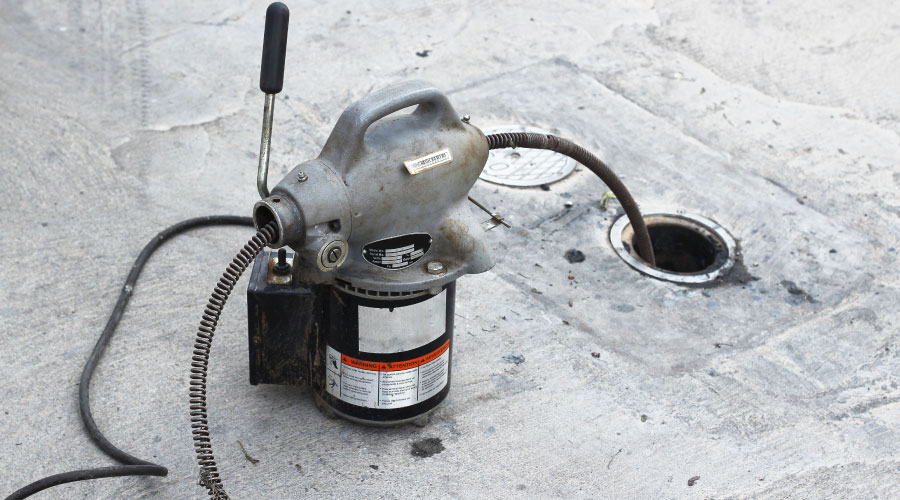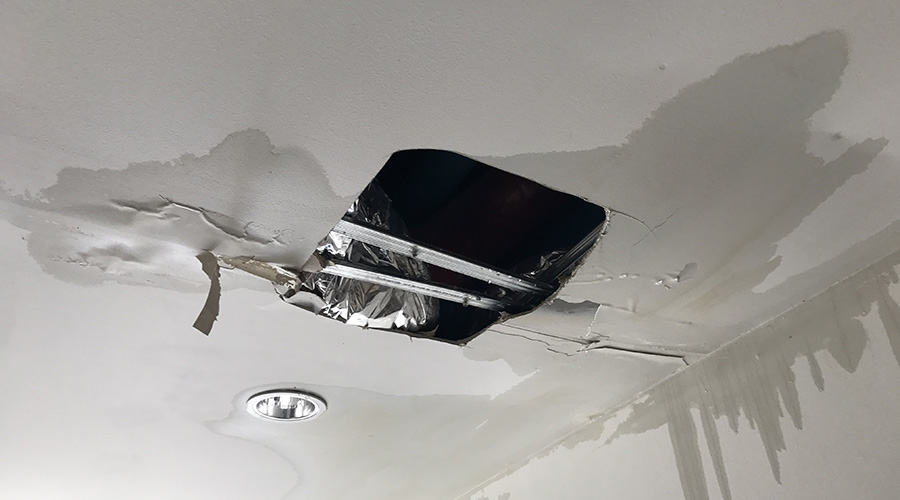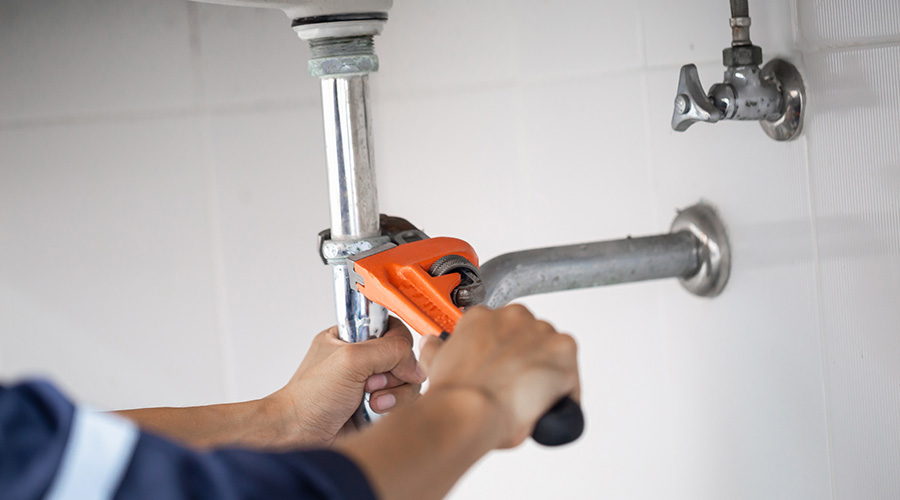Suggestions to Help Minimize Water Use
These maintenance and replacement policies also can minimize water use:
- Fixing a faucet that leaks at the rate of one drip per second saves 3,000 gallons per year.
- Repairing a continuously running toilet saves 200 gallons per day.
- Replacing an old toilet with a new one bearing the Water Sense label saves 16,000 gallons per year.
The U.S. Green Building Council estimates that replacing old, pre-1994, 3.5 gallons per flush (gpf) toilets with low-flow, 1.6 gpf toilets reduces water use from 27,300 gallons per year to 12,500. The flow rate is usually marked on the valve. Technicians also can measure tank capacity. For example, a 5- by 12- by 18-inch tank contains 1,080 cubic inches. Divide this number by 231 cubic inches in a gallon, and the result is 4.7 gpf.
A single urinal uses 20,000-45,000 gallons of potable water per year, depending on age and condition. A large building or campus with 22 urinals uses 1 million gallons per year. One office building with three urinals and 120 men can use 237,000 gallons of potable water each year, assuming three uses per day and 220 working days.
On the other hand, operating cost of a waterless no-flush urinal is $1 per 1,000 uses. Payback for a retrofit to a waterless urinal is one-three years. This retrofit eliminates the need for a water-supply line, flush valves, and sensors, as well as the maintenance of these components. If managers apply these costs to purchasing retrofit urinals, the upgrade pays for itself.
Thomas A. Westerkamp is a maintenance and engineering management consultant and president of the work management division of Westerkamp Group LLC.
Related Topics:













